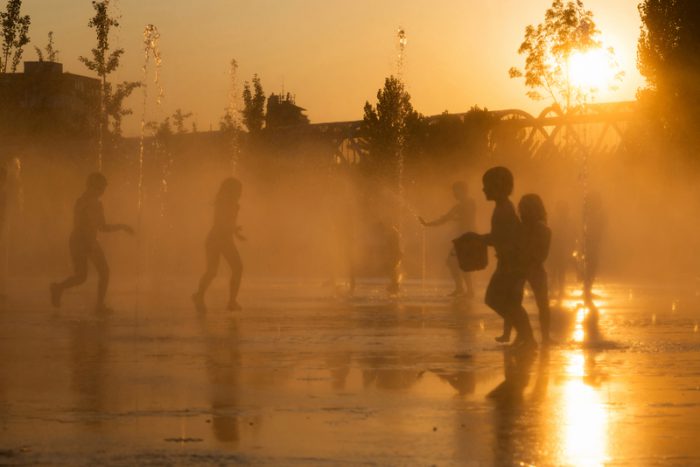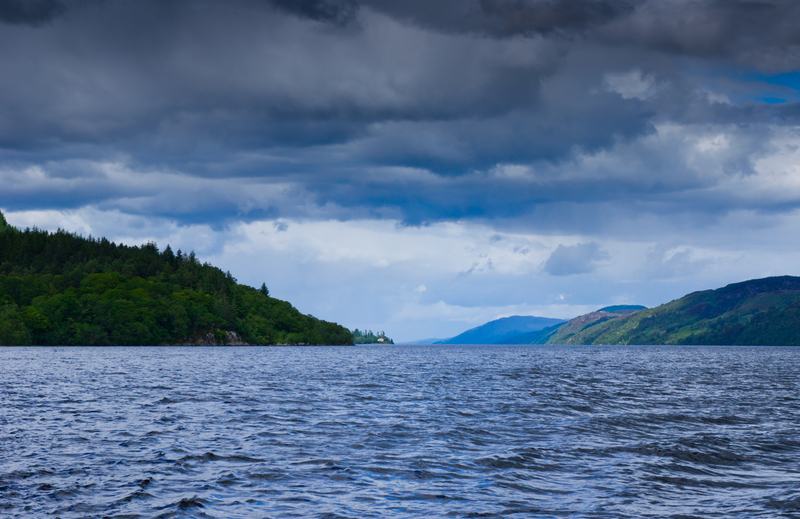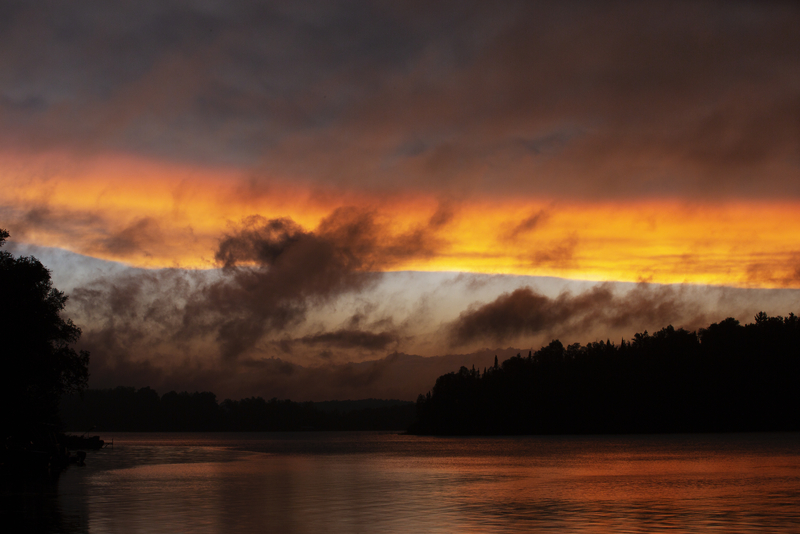In Europe, this summer has been a very hot one.
Parts of England recorded their first ever temperatures of 40°C (104°F) in July. And all across other parts of the continent, temperatures were soaring even higher—up to 44°C (112°F). And staying that way for days.
It was a heat wave.
And in Spain, a group of scientists decided to take extra notice of it by doing something that no one had ever done before.
They gave the heat wave a name: Zoe.
What is in a name?
The recent heat wave in England was especially challenging because the country was not used to such heat. (Getty Embed)
Zoe is a lovely name, but this was not a gesture of affection. It was a warning.
Just as they do with hurricanes and other tropical storms, the scientists were naming the heat wave to draw attention to it. It is a way of saying, "This is not just a part of the normal up and downs of weather—this is a potentially dangerous event, so be careful."
This was also not a random decision made without planning. It is a part of a new initiative (project) called the proMETEO Sevilla Project. This was started by the Adrienne Arsht-Rockefeller Foundation Resilience Center of the Atlantic Council—that's a lot of words, but the gist of this is it is a non-profit group based in Washington, D.C. that is trying to get countries and cities to take heat waves more seriously.
Naming Heat Wave Zoe is the first step in their efforts and it is something that they hope becomes more common. Moving forward, when a coming heat wave is named, the public will know to be extra cautious and governments will be on high alert to offer protection and aid to those in need.
What are the dangers in a heat wave?
Last summer, a heat wave in western Canada led to the town of Lytton, B.C. setting an unwanted record: the hottest ever temperature in Canada of 49.6°C (121.3°F). (Getty Embed)
A heat wave is more than just a hot day or two. Each government has a slightly different definition of one.
For example, the Environmental Protection Agency (EPA) in the U.S. says that it is "a period of two or more consecutive days when the daily minimum apparent temperature (the actual temperature adjusted for humidity) in a particular city exceeds the 85th percentile of historical July and August temperatures (1981–2010) for that city."
In other words, it is unusually hot ... and unusually hot for a while.
These conditions can cause all sorts of problems for people, including older people, people who do outdoor manual labour, and those who live in buildings without air conditioning or areas to escape the heat. In some cases, it can be life threatening.
But the good news is that it doesn't need to be. With proper support and aid—including shelter, drinking water, days off to avoid the worst heat, and more—most heat waves can be unpleasant, but nothing worse. Hopefully, naming them can help.
The proMETEO Sevilla Project's plan is to name heat waves as they happen through the year in reverse alphabetical order (that's why a Z-name was the first name picked). Hopefully, we don't make it past Wilbur on most years.
But with climate change bringing heat waves in increasing numbers and intensity, there can be a lot of good in giving a heat wave a name.
 Heat waves can be endured safely, as long as people are prepared and get assistance. (ID 32893394 © Andres Garcia Martin | Dreamstime.com)
Heat waves can be endured safely, as long as people are prepared and get assistance. (ID 32893394 © Andres Garcia Martin | Dreamstime.com)










That’s evidence of global warming!